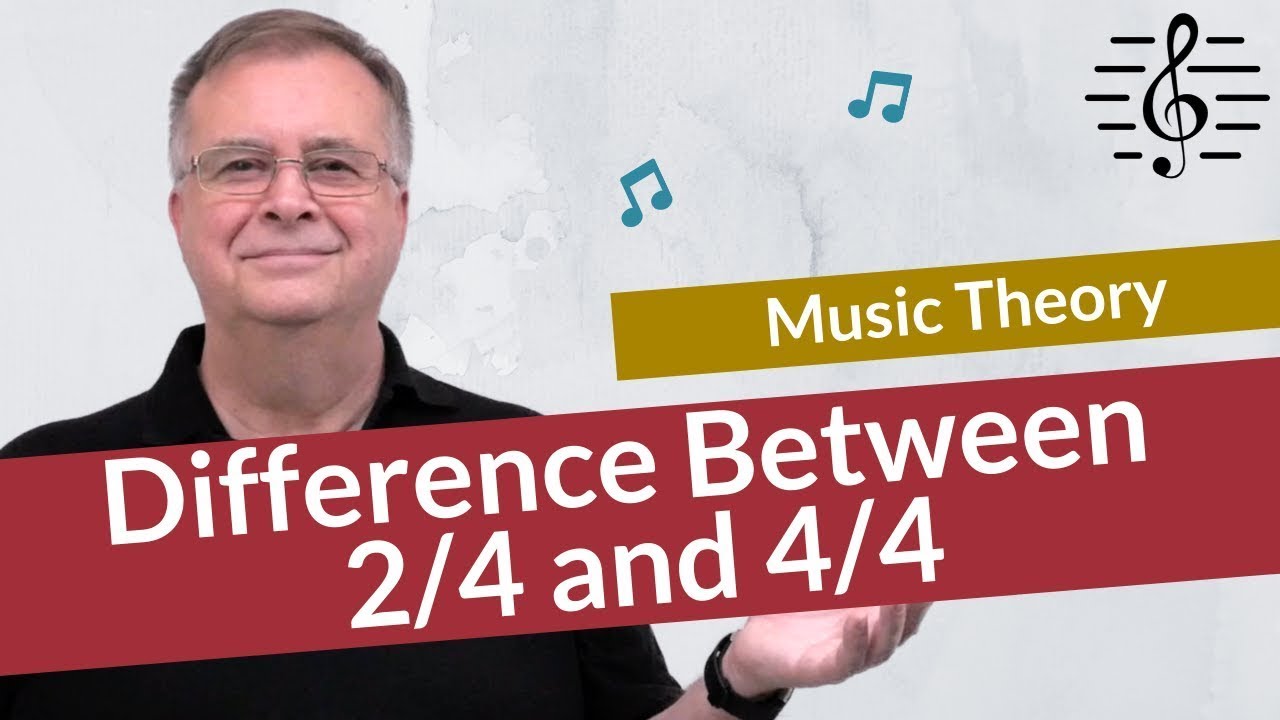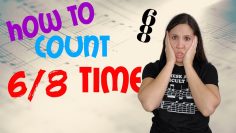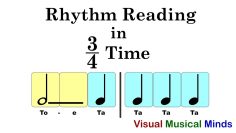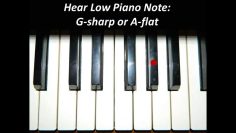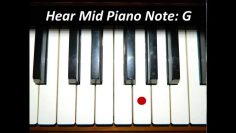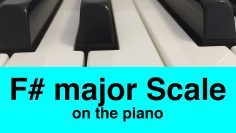Time Signature 4/4
▶️ Don't miss this Song of the Day ◀️
The 4/4 time signature, also known as common time, is one of the most widely used time signatures in music.
Structure of 4/4 Time Signature
- Top Number (4): Indicates that there are 4 beats per measure.
- Bottom Number (4): Specifies that each beat is equal to a quarter note.
Counting in 4/4
In 4/4 time, each measure is counted as:
1 – 2 – 3 – 4
This creates a balanced and steady rhythm, making it versatile for a wide variety of music styles.
What Is Time Signature 4/4?
4/4 time is written with 2 fours, one on top of the other, at the start of the music.

The time signature is always written after the clef and after the key signature (the sharps of flats in the piece). Following the time signature we have the first note of the piece of music.
Take a look at this famous tune written in 4/4 time. Can you spot the 4 crotchet beats per measure? (It’s ‘Mary Had a Little Lamb’ if you didn’t get it!)

Now look at the image below where the four quarter note beats have been labelled.

We often refer to time signature 4/4 as simple quadruple! Simple time signatures have signature have beats that divide into two: each quarter note divides into two eighth notes. And quadruple time signatures have four beats per measure.
What Is 4/4 Time Called?
Time signature 4/4 is also referred to as common time. Having four quarter notes in a bar (four crotchet beats) is the most regular way to count a piece. To reflect this we sometimes simply draw a C at the start of the music. The C stands for Common Time.

It is also possible to have what we call ‘cut time’ this is very similar to 4/4 time but rather than counting four quarter note beats per measure, we actually count two half note beats per measure. A half note is worth two quarter note beats!
How To Count In 4/4
To count in time signature 4/4 time we simply count the four beats. This will be 1, 2, 3, 4, 1, 2, 3, 4 and so on.
However, when counting in a time signature, we have to think about how many strong beats and how many weak beats we have in each bar/measure.
In 4/4 we have four beats. The first beat is a strong beat, the second beat is a weak beat, the third beat is a strong beat and the fourth beat is a weak beat. This simply refers to where the emphasis will go in the bar!

Here is the score for ‘Allemande in C Minor’ (BWV 834) by Bach. The piece is in 4/4 but is a bit more complex nursery rhymes! Can you spot were each beat falls?

Now here it is with the beats added.




